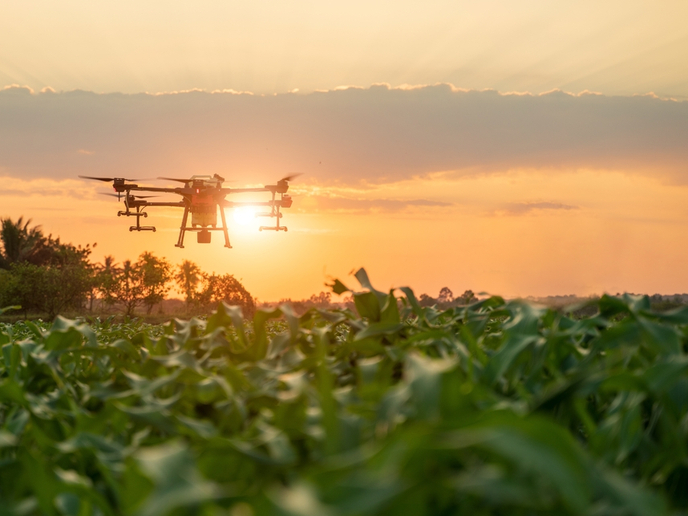New sensors usher in next-generation vision systems in security, medicine and automotive applications
The next generation of camera systems entering the market after five years will rely entirely on novel cutting-edge technologies. With this in mind, the EU-funded project EXIST investigated and developed new technologies for image sensors and systems for future applications. The new solutions combine high performance in terms of speed, compactness, band selection and cost. Image sensor combines the best of different worlds Time delay and integration (TDI) is an imaging technique used when an object or scene is moving linearly over an imager and when the content of the scene is not changing within a short period of time. The technology of choice for handling analogue TDI pixel data is charge-coupled-device (CCD) technology. Applications mainly include industrial inspection, life sciences and machine vision. Project partners have developed a new solution that combines CCD TDI pixels together with advanced complementary metal-oxide-semiconductor (CMOS) drivers and readout in one single chip, enabling a single imager chip with both CCD and CMOS functionality. “This unique technology combines the noiseless collection and transfer in charge domain of the CCD technology, and the system integration potential and fast readout that only CMOS can deliver,” notes Piet De Moor, business developer at IMEC. Other high-resolution sensors A new 4K sensor has been developed together with the image processing chain for 4K. This work resulted in the launch of the LDX86N broadcast camera product. Two other high-resolution sensors were also built: a 32MP sensor and a 14MP sensor. A rugged UHDTV zoom lens and digital hardware image processing in FPGA were developed for high-resolution image processing. Multiple products are already or will soon be on the market such as the new 4K broadcasting camera, full frame cinema zoom lens, 4K and 8K UHDTV small outline cameras for security and industrial vision, the new 14Mp global shutter imager for industrial vision, and the new high-speed multi-band TDI imager. Compact high-resolution cameras and sensors can be used in security applications or machine vision. “Enhancements in broadcasting are obvious in our evolving quest for better TV resolution,” notes De Moor. Back-side illumination for maximum sensitivity The vast majority of image sensors are designed to convert the light falling on the front side of the sensor to electrons. Recent design breakthroughs in the arrangement of imaging elements have made back-illuminated image sensors increase the amount of light that is captured, leading to improved low-light performance. Capitalising on the latest advances, project partners developed hyperspectral filter structures processed at wafer-level on commercially available image sensor wafers. These filters can be added for increasing TDI imaging performance. Combining colour and near-infrared imaging EXIST also introduced a new time-of-flight image sensor combining RGB colour filters and narrow-band near-infrared filters. This breakthrough optical filter integration platform will enable many applications in fields ranging from medical, industrial, security surveillance and automotive areas to virtual and augmented reality, where near-infrared signals need to be extracted and overlaid on top of colour images. Project partners have already unveiled a multispectral filter stack combining near-infrared and visual light on an imager for use in laparoscopy. By introducing new technologies based on innovative materials, designs and concepts into image sensor process technology, EXIST will promote a growing market share, increase employment and investment in innovative equipment, materials and semiconductor device manufacturing.
Keywords
EXIST, image sensor, security, time delay and integration (TDI), charge-coupled-device (CCD), complementary metal-oxide-semiconductor (CMOS), near-infrared, laparoscopy, Internet of Things, machine vision







